Wire Harness: The Nervous System of Your Car
-
 @
Mark Ji
@
Mark Ji
- Last updated
Table of Contents
The wire harness is one of the most complex and important systems in any modern automobile. It consists of miles of insulated wires, connectors, and terminals that route electrical power and signals throughout the vehicle. In many ways, the wire harness acts as the “nervous system” of the car, transmitting information between all the electronic control units (ECUs) and electrical components.
Complexity and Function
A typical midsize car has over 3,000 wires and cables in its wire harness, totaling over 3.5 miles in length. The harness connects to over 100 electronic control modules that control everything from the engine and transmission to the infotainment system, lights, and safety features.
• Power Distribution
The wire harness distributes low and high voltage electrical power from the battery to components that require power to operate. This includes the engine ECU, transmission, lights, and infotainment system.
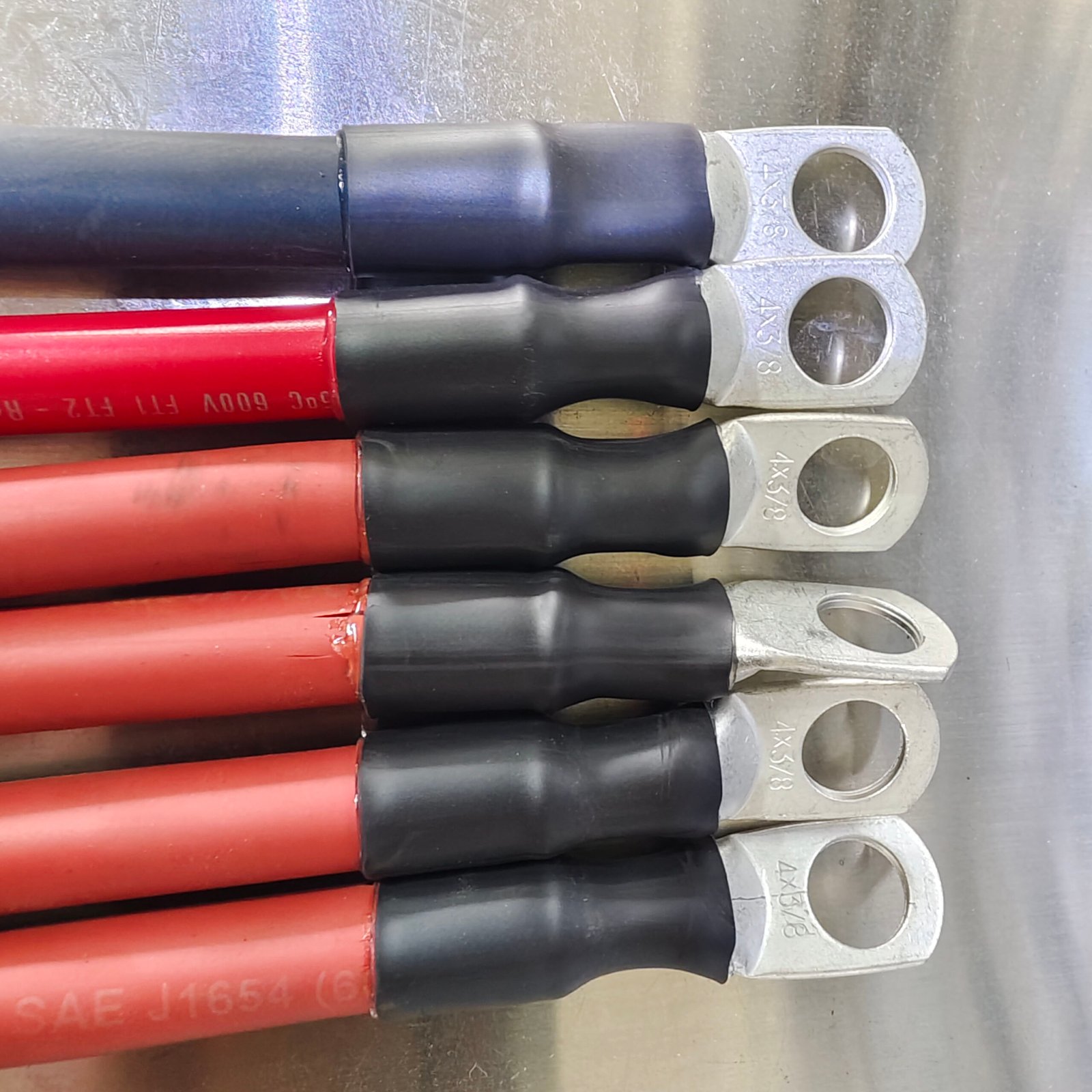
HH-210C large cable assembly new energy
HH-210C https://youtube.com/shorts/Ah3rq1bM0AE
HH-210C https://youtube.com/shorts/PiaHHLIqtUo
• Signal Transmission
The wire harness transmits low voltage data and control signals between ECUs and components. This includes data transmission between the engine ECU, transmission control module, ABS system, and more.
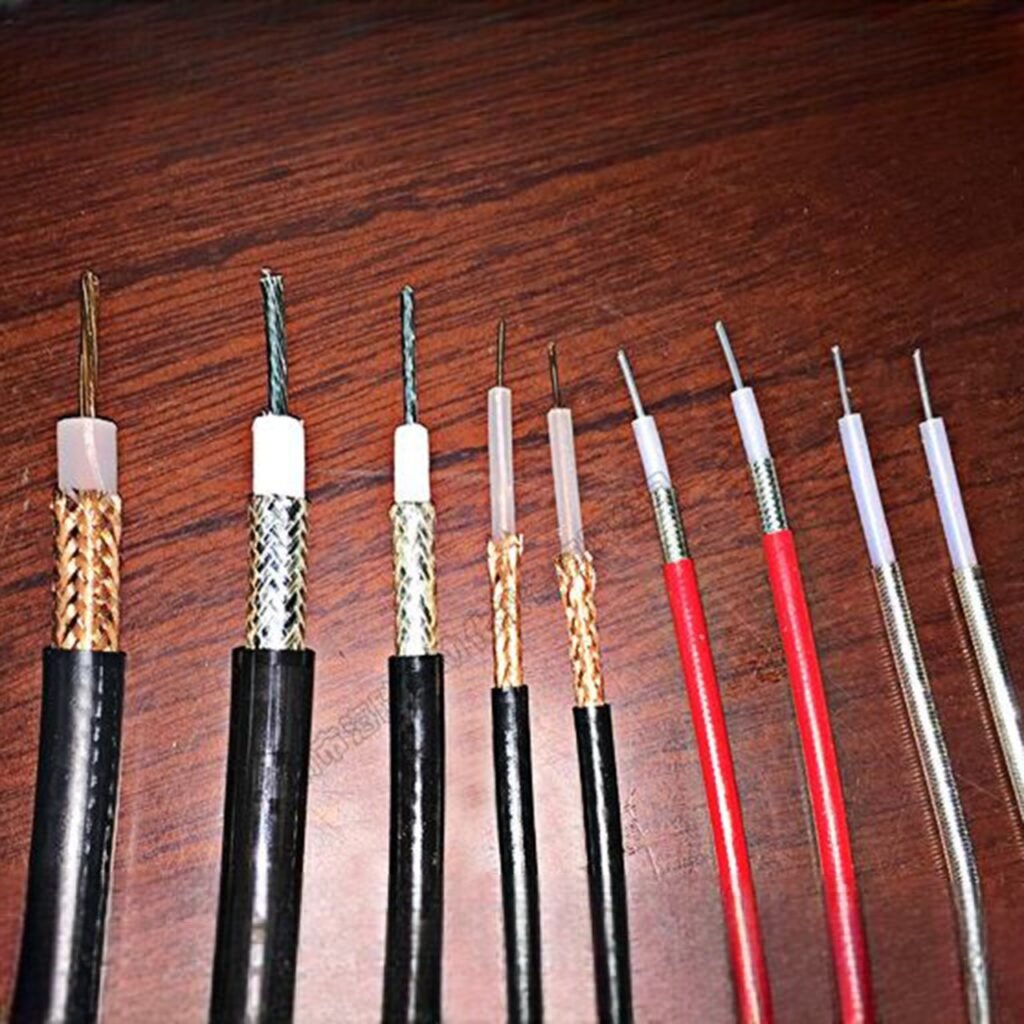
• Communication
The wire harness enables communication between ECUs using data transmission protocols like CAN bus, LIN bus, and FlexRay. This allows the various systems to “talk” to each other and work in an integrated fashion.
• Sensing
The wire harness transmits signals from sensors throughout the vehicle to the appropriate ECUs. This includes sensors that monitor speed, temperature, fluid levels, throttle position, and more.
• Actuation
The wire harness transmits signals from ECUs to actuators that control various vehicle functions. This includes actuators that control the engine, transmission, brakes, lights, and other systems.
Materials and Components
• Wires
The wires are made of copper or aluminum and come in various gauges depending on the amount of current they need to carry. The wires are insulated using PVC, XLPE, or other plastics.
• Connectors
Connectors attach the wires to components and allow them to be disconnected for maintenance or repairs. Common connector types include blade, circular, and rectangular connectors.
-2-1.jpg)
• Terminals
Terminals crimp or solder onto the ends of wires to provide a secure connection point to mate with connectors. They come in various shapes and sizes.
• Shielding
Some wires use shielding to protect against electromagnetic interference (EMI) from other wiring and components. The shielding is usually a metal foil or braided wire mesh.
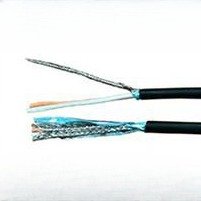
• Clips and Ties
Clips and ties are used to bundle and organize the large number of wires within the wire harness. This helps with routing, identification, and durability.
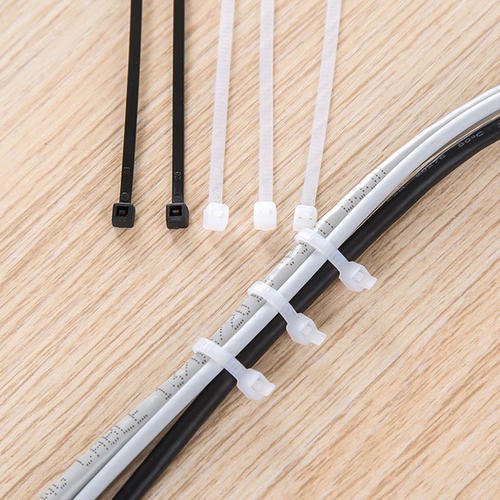
• Conduits and Channels
Conduits and channels are used to route wire harnesses. They protect the wires from damage and keep them organized.
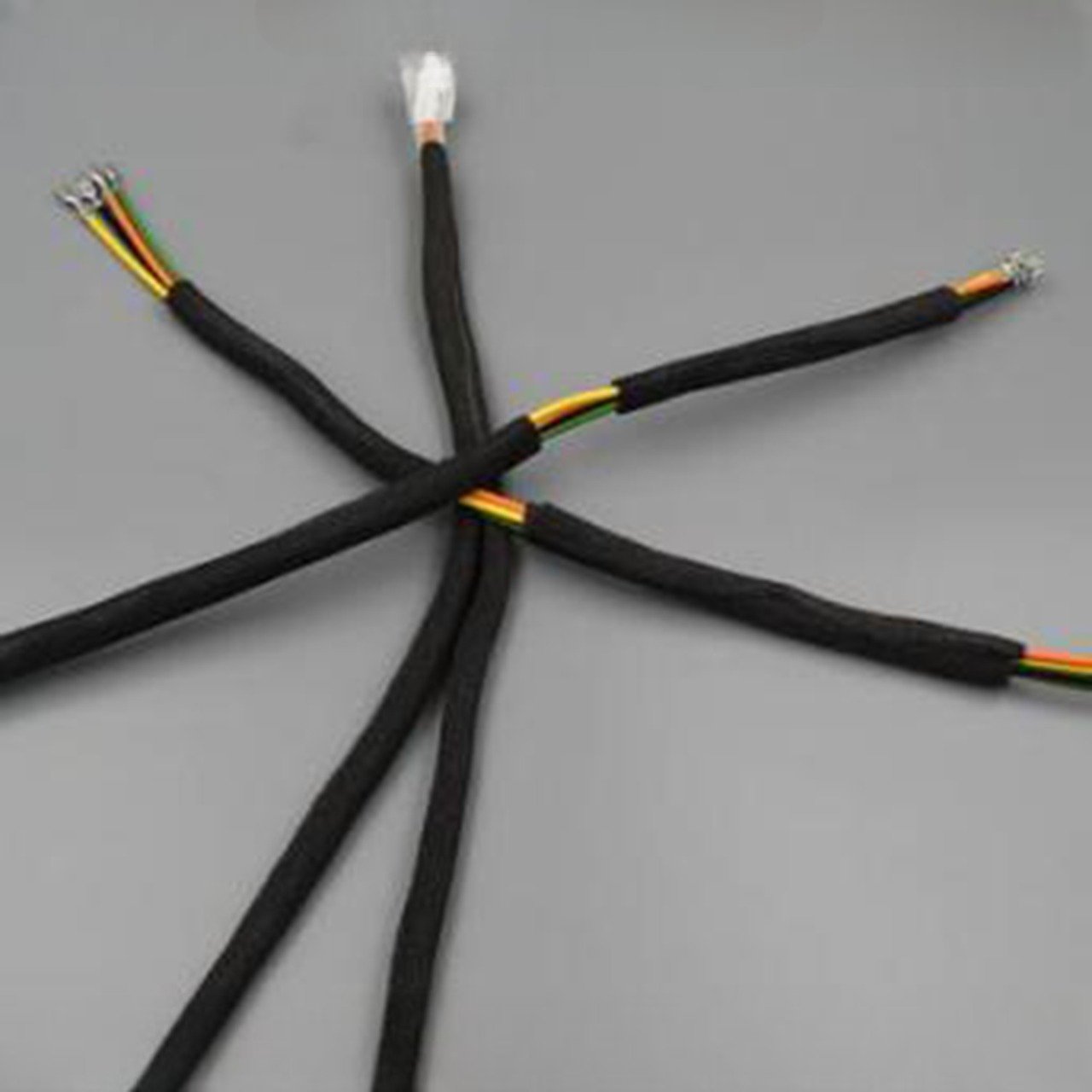
Design Challenges
• Weight
Automakers aim to make wire harnesses as light as possible to improve fuel economy and performance. This requires using the thinnest gauge wires that can still carry the necessary current.
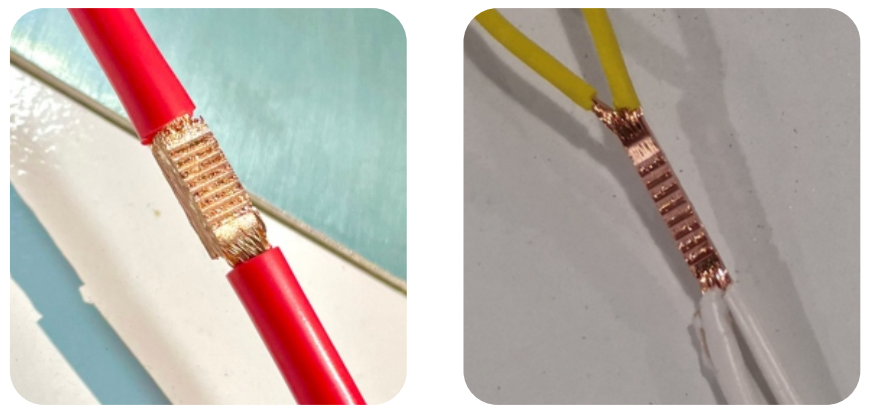
HH-X0 wire ultrosonic welding machine
https://youtube.com/shorts/zAxLBp05e0g
• Cost
The wire harness is a costly system due to the large amount of materials, labor hours for assembly, and complexity. Automakers look for ways to reduce cost through design optimization and material choices.
• Reliability
The wire harness must be designed to withstand vibration, heat, abrasion, and flexing for the life of the vehicle. This requires high-quality materials, connectors, and assembly methods.
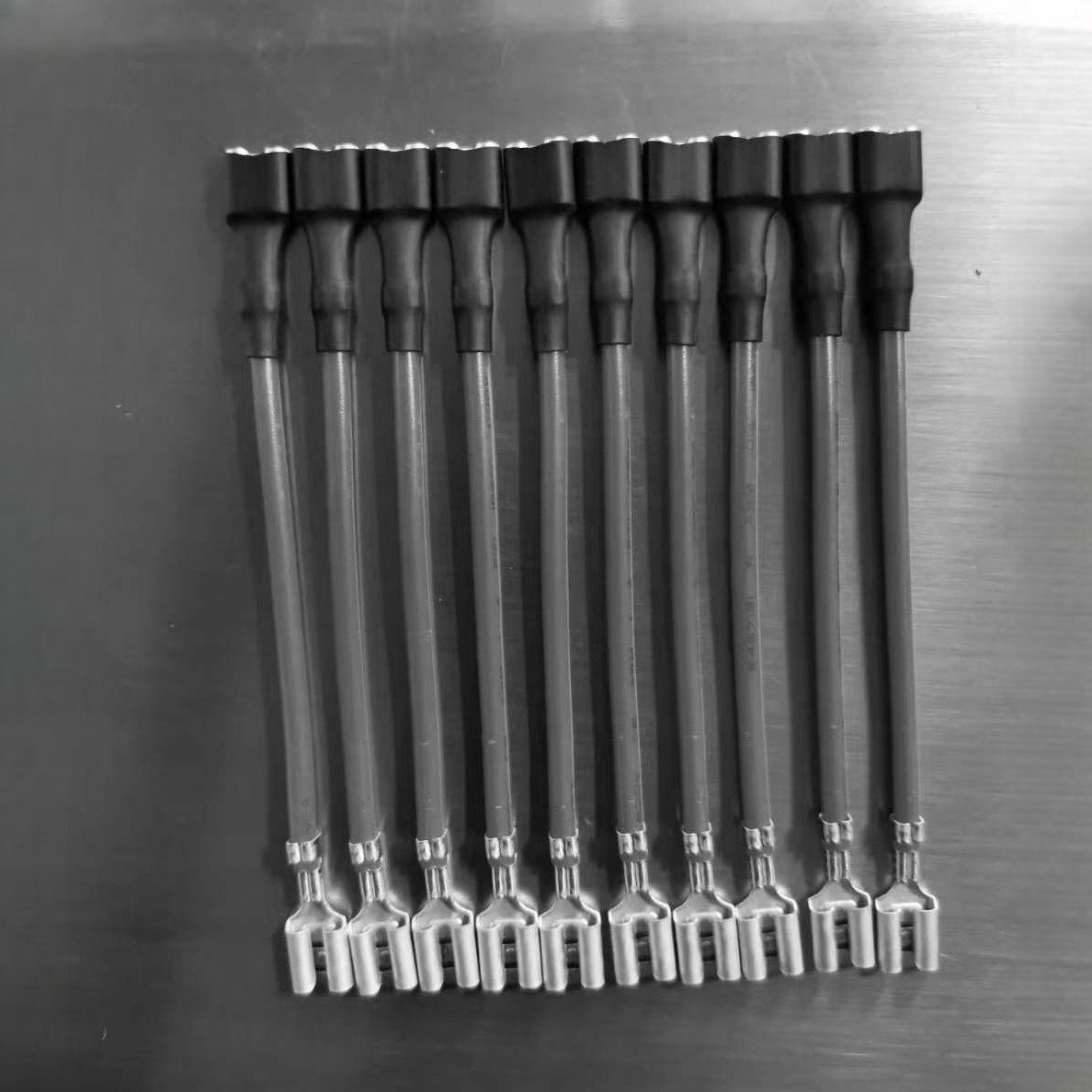
• Installation
The wire harness must be designed for easy installation within the confined spaces of a vehicle. This involves optimizing routing and the locations of connectors.
• Diagnosability
The wire harness design should allow for easy diagnosis of electrical faults. This often means including fuses, relays, and connectors in accessible locations.
• Durability
The wire harness must be designed to withstand years of movement, abrasion, and corrosion from the elements. This requires robust shielding, protective conduits, and corrosion-resistant connectors.
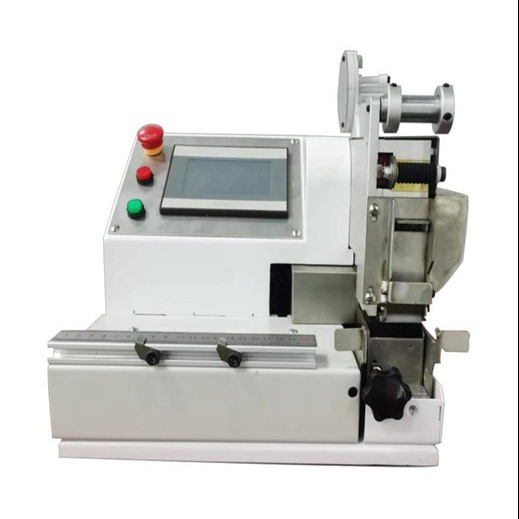
Summary
The wire harness is one of the most intricate and important systems in any modern automobile. With the increasing electrification and connectivity of vehicles, wire harnesses continue to grow in complexity and importance. Automakers face ongoing challenges to design wire harnesses that are lightweight, reliable, durable, and cost-effective.

